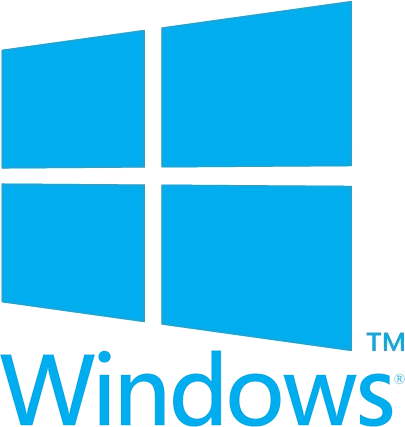Windows Coming Back to ARM, Now With x86 App Support
posted Sunday Dec 11, 2016 by Scott Ertz

When Microsoft introduced Windows 8, it came with another operating system: Windows RT. The poorly named offshoot of the prime Windows product was designed to run on ARM processors with the intention of creating a market for less expensive Windows tablets. Windows RT had one limitation that was outside of the control of Microsoft, and that was adaptation of Windows Store apps. Windows RT could not run traditional desktop apps, but was limited to the new style of distribution.
While many large software platforms got onboard, others skipped Windows Store entirely, like Instagram and Snapchat. This made it not a great platform for consumption, which is one of two main usages for tablets. The other is enterprise usage, which often relies on antiquated desktop apps, which were also incapable of existing on the platform.
It was no surprise, then, when Microsoft discontinued Windows RT at the introduction of Windows 10. This left Windows RT owners feeling unloved and ARM left in the dark. It also created the question as to how Microsoft would treat ARM in the future. Windows 10 mobile supports the processors, but is once again limited to apps coming from the Windows Store (for both Windows Phone and Windows 10). This has limited the appeal of Windows 10 mobile's Continuum as a business platform.
That is until now. Microsoft and Qualcomm have announced a partnership which has brought an x86 processor emulator to ARM processors. The emulator allows Windows to translate Intel-style software into ARM-style software as it runs. This means that software intended for x86 processors (built for Win32, or 32-bit processors) will soon be able to run on ARM-powered Windows devices.
This new capability will theoretically allow traditional Windows desktop apps to run in two new spaces: Windows 10 mobile devices, like small tablets and phone, particularly while in Continuum mode. It will also allow Windows laptops to compete on spec and price with Chrome and Android powered computers, while allowing people to continue using the software they already know and own.
Windows 10 for ARM is an important and exciting development for the Windows landscape, and could certainly pose a problem for Google's ambitions, but create a lot of new opportunity for hardware partners. Check after the break to see a video of Windows 10 on ARM in action.

